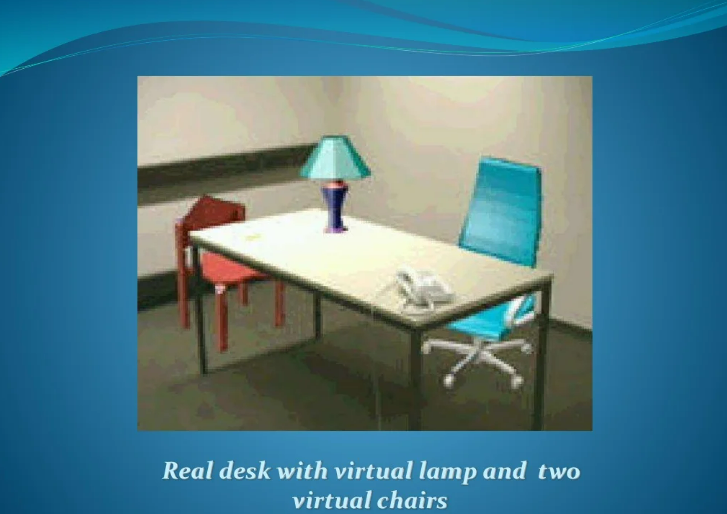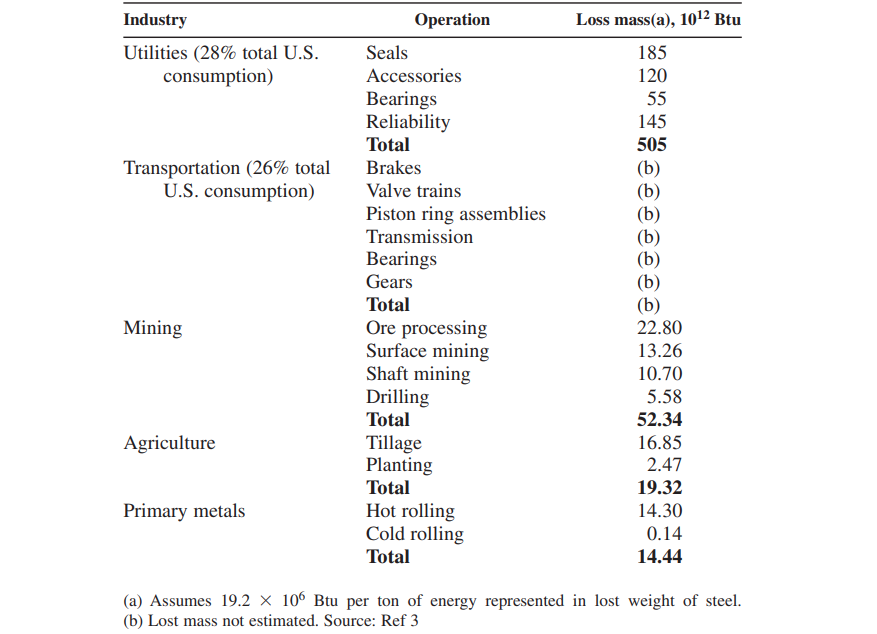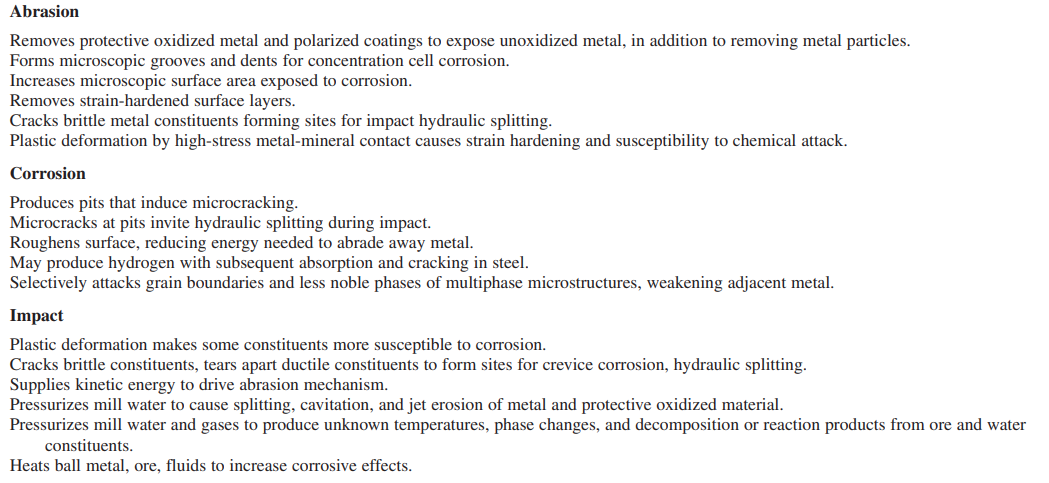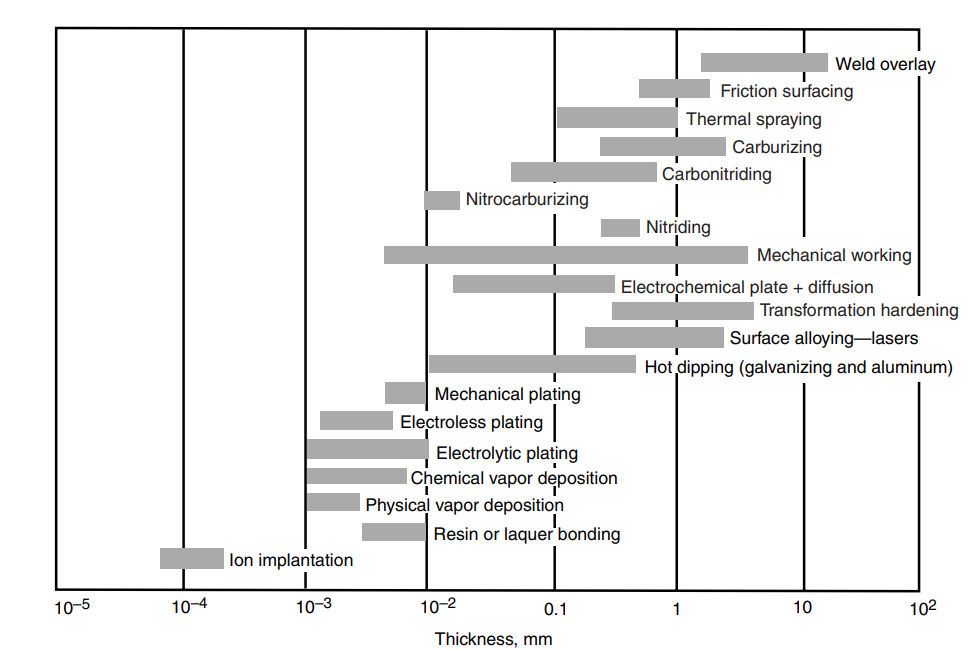With its carbon fiber composite material and compact body, the FOM Series is designed for 'Heavy Loads', Battle Tanks and Armored Vehicle Systems. Produced as 4 models.
SURFACE ENGINEERING is a multidisciplinary activity intended to tailor the properties of the surfaces of engineering components so that their function and serviceability can be improved.
The desired properties or characteristics of surface-engineered components include:
The Economic Effects of Corrosion and Wear. The progressive deterioration, due to corrosion and wear, of metallic surfaces in use in major industrial plants ultimately leads to loss of plant efficiency and at worst a shutdown. Corrosion and wear damage to materials, both directly and indirectly, costs the United States hundreds of billions of dollars annually. For example, corrosion of metals costs the U.S. economy almost $300 billion per year at current prices. This amounts to about 4.2% of the gross national product. However, about 40% of the total cost could be avoided by proper corrosion prevention methods. Table 1 provides a breakdown of the cost of metallic corrosion in the United States. Similar studies on wear failures have shown that the wear of materials costs the U.S. economy about $20 billion per year (in 1978 dollars) compared to about $80 billion annually (see Table 1) for corrosion during the same period. Table 2 illustrates the extent of wear failures by various operations within specific industrial segments. Highway vehicles alone use annually 14,600 1012 Btu/ton of energy represented in lost weight of steel and 18.6% of this energy could be saved through effective wear-control measures.
Table 1

Table 2

Complicating matters is the fact that the combined effects of wear and corrosion can result in total material losses that are much greater than the additive effects of each process taken alone, which indicates a synergism between the two processes. Although corrosion can often occur in the absence of mechanical wear, the opposite is rarely true. Corrosion accompanies the wear process to some extent in all environments, except in vacuum and inert atmospheres. Corrosion and wear often combine to cause aggressive damage in a number of industries, such as mining, mineral processing, chemical processing, pulp and paper production, and energy production. Corrosion and wear processes involve many mechanisms, the combined actions of which lead to the mutual reinforcement of their effectiveness. As listed in Table 3, 17 synergistic relationships among abrasion, impact, and corrosion that could significantly increase material degradation in wet and aqueous environments have been identified.
The combined effects of corrosion and wear can also lead to galvanic corrosion in some applications, such as crushing and grinding (comminution) of mineral ores. Wear debris and corrosion products that are formed during comminution affect product quality and can adversely affect subsequent beneficiation by altering the chemical and electrochemical properties of the mineral system. Electrochemical interactions between minerals and grinding media can occur, causing galvanic coupling that leads to increased corrosion wear.
Table 3

Owing to its many favorable characteristics, steel is well suited and widely used for a broad range of engineering applications and is referenced here to demonstrate the various corrosion-control steps that can be considered. Steel has a variety of excellent mechanical properties, such as strength, toughness, ductility, and dent resistance. Steel also offers good manufacturability, including formability, weldability, and paintability. Other positive factors include its availability, ferromagnetic properties, recyclability, and cost. Because steel is susceptible to corrosion in the presence of moisture, and to oxidation at elevated temperatures, successful use of these favorable characteristics generally requires some form of protection.
Methods of corrosion protection employed to protect steel include:
The application of corrosion-resistant coatings is one of the most widely used means of protecting steel. There are a wide variety of coatings to choose from, and proper selection is based on the component size and accessibility, the corrosive environment, the anticipated temperatures, component distortion, the coating thickness attainable (Fig. 1), and costs. Painting is probably the most widely used engineering coating used to protect steel from corrosion. There are a wide variety of coating formulations that have been developed for outdoor exposure, marine atmospheres, water immersion, chemical fumes, extreme sunlight, high humidity, and moderately high temperatures (less than about 200 °C, or 400 °F). The most widely used corrosion-resistant metallic coatings are hot-dipped zinc, zinc-aluminum, and aluminum coatings. These coatings exhibit excellent resistance to atmospheric corrosion and are widely used in the construction, automobile, utility, and appliance industries. Other important coating processes for steels include electroplating, electroless plating, thermal spraying, pack cementation aluminizing (for high-temperature oxidation resistance), and cladding (including weld cladding and roll-bonded claddings)

Figure 1
There are many types of wear, but there are only four main types of wear systems (tribosystems) that produce wear and six basic wear control steps. The four basic tribosystems are:
The wear that occurs in these tribosystems can be addressed by coatings or by modifications to the substrate metallurgy or chemistry. The six traditional techniques applied to materials to deal with wear produced in the preceding tribosystems include:
With its carbon fiber composite material and compact body, the FOM Series is designed for 'Heavy Loads', Battle Tanks and Armored Vehicle Systems. Produced as 4 models.
+90 3D Digital Factory has the largest 3D printing capacity in the Middle East with more than 10 large format industrial printers with different technologies and materials.
A complete and powerful software
The Draganflyer Commander2 is a high endurance, dual battery, small Unmanned Aerial System (sUAS). The dual battery system provides extended flight time and increased safety.
Net Agent is a new generation SNMP (Simple Network Management Protocol) monitoring product.
Schatz precision bearings are essential components in a variety of equipment used in semiconductor, circuit, and chip manufacturing.
SKYNET ADS can block hostile drones' video transmission and GPS signal, force them to return, or land on the ground immediately. With SKYNET ADS deployment, your aero zone will be entirely secured!
Industry's largest selection including miniature and high performance bearings.
BEAMIT Group specializes in 3D printing aeronautical components.
Our objective at Chemtron is to help our clients with new product design and CAD services, from 3D CAD design services to rapid prototyping along with design for manufacturing.
We produce to the highest standards, fully aware of our responsibilities as a company working proudly under the umbrella of a holding, with a history going back 71 years. Today, we are among the leading integrated solution partners in the industry.
OPTOKON a.s. is a company with over 30 years of experience in the information and communications technology market.
Sensitron has over 50 years of heritage as a leading manufacturer of high reliability power electronic component solutions for the Defense, Aerospace, Space,Medical and other high reliability markets.
The European Club for Countertrade and Offset (ECCO) is an Association incorporated under French law and established in 2010. It aims to bring together parties involved in Offsets, Industrial Participation and/or countertrade activities.
Manned and Unmanned Platforms for Surveillance and Law Enforcement
TBT is one of the leading thermal imaging camera makers in Korea. We were established as a normal CCTV company in 2002 and have turned to the thermal market since 2009.
Online Yellow Pages for Aeronautics, Space, Defense, and Industry 4.0
We are an Innovation and Technology Centre highly specialized in materials and in advanced manufacturing technologies, especially joining technologies and laser technologies applied to materials processing, robotics, and automation.
Custom-Engineered Mechanical, Electro-Mechanical & Fluidic Motion Control Devices, Established to provide the most advanced, custom-engineered, mechanical, electromechanical & fluidic motion control and position devices.
Our reputation as a supplier of innovative electronic solutions has resulted in our products being used in various land, sea and air applications for over 20 years.
S.C. OPTOELECTRONICA 2001 S.A is a Romanian owned stock company founded in the year 2000 as a result of the reorganization of the optoelectronic domain.
Successfully undertake a wide variety of finishing processes including plating, anodizing, painting, and electroplating. Ashton & Moore is one of the UK’s leading aerospace and defence finishing services supplier.









